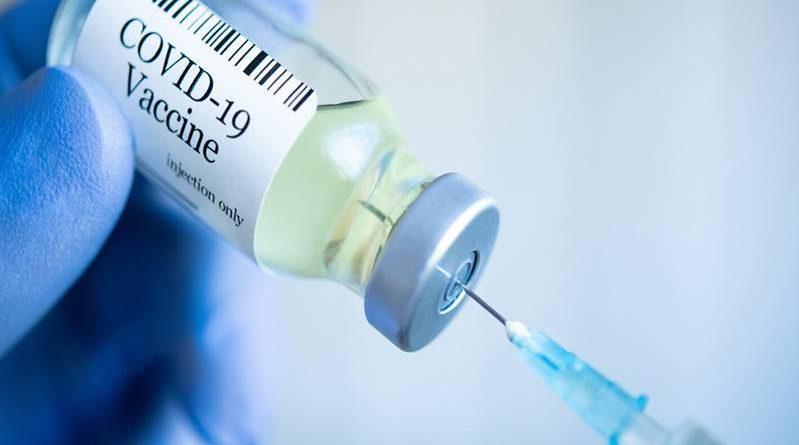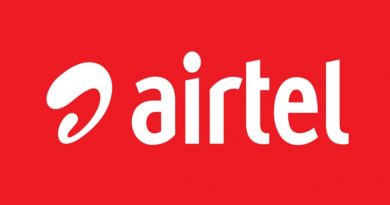Covid19 Vaccinations to be accelerated in LICs with less than 5% vaccination rate
The heads of the International Monetary Fund, World Bank Group, World
Health Organization and World Trade Organization held high-level
consultations with Gavi and UNICEF on 17 December, 2021 aimed at
increasing the use of COVID-19 vaccines and other critical medical
countermeasures in low-income (LIC) and lower middle-income (LMIC)
countries and supporting countries to be better prepared, resourced, and
ready to roll out vaccines.
We agreed on the urgency to
accelerate vaccinations in LICs, where under 5% of the population is
fully vaccinated, as well as in LMICs, where around 30% of the
population is fully vaccinated. We agreed to work with countries to
support and strengthen their national vaccination goals consistent with
the global target to vaccinate 70% of the populations in all countries
by mid-2022. The emergence of the Omicron variant underscores the vital
need for fair and broad access to vaccines as well as testing,
sequencing, and treatments to end the pandemic.
Addressing
vaccine inequity, particularly in LICs, requires increasing the supplies
of vaccines to COVAX and AVAT, encouraging LICs and LMICs to purchase
additional vaccine doses, and enhancing country readiness to deploy
vaccines. Furthermore, to facilitate trade flows to support the
manufacturing and distribution of vaccines and other COVID tools, export
restrictions must be rolled back and trade-facilitating measures must
be put in place. Fully funding the ACT-A Accelerator’s Financing
Framework would play an important role in narrowing these gaps and
reaching the global target.
Some LICs and LMICs are facing
serious challenges in vaccine deployment. Constraints related to
storage, cold chain capacity, and trained vaccinators are exacerbated in
some cases by doses arriving with short shelf lives and without
adequate lead time and shortages in ancillary supplies (such as
syringes, safety boxes, and dilutants), with challenges to plan and
finance vaccination campaigns in a timely manner. As in wealthier
countries, vaccine hesitancy is also an issue in some LICs and LMICs.
To address such challenges, we call on governments that have already achieved high coverage to:
- fulfill their donation pledges as quickly as possible to accelerate near-term deliveries to COVAX;
- release manufacturers from contracts and options and implement delivery swaps, so they can prioritize supply to COVAX, AVAT, and low-coverage countries
- We urge governments that have yet to achieve high vaccination coverage to:
- contract additional doses immediately through AVAT, COVAX, or bilaterally;
- establish in-country surge capacity to increase the rate of vaccine utilization as supplies increase; and
- coordinate between health and finance authorities for making increased use of multilateral development banks’ resources that are readily available for both vaccine purchase and deployment.
We call for better
coordination among vaccine manufacturers, dose donating countries,
COVAX, AVAT, and other partners to improve visibility on vaccine supply
schedules and quality of supply for LICs and LMICs, to support
country-level planning and preparedness for turning vaccines into
vaccinations. Visibility on schedules along with adequate lead times and
shelf lives of vaccines are critical for both equitable distribution as
well as for recipient countries and their partners to prepare for
in-country deployment.
Growing volumes of COVID-19 vaccines are forecast to arrive in LICs and LMICs in the coming months. Close coordination amongst all stakeholders will be crucial to help provide countries with the assistance and necessary resources to increase their capacity to administer those doses. In this regard, we welcome the recent appointment by UNICEF and WHO, in partnership with Gavi, of the Global Lead Coordinator for COVID Vaccine Country Readiness and Delivery, who will play an important key role in strengthening in-country vaccine deployment




